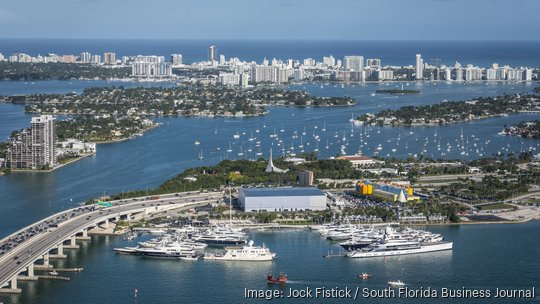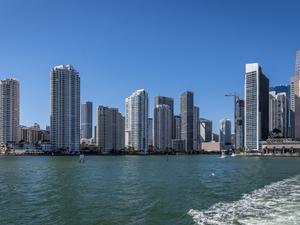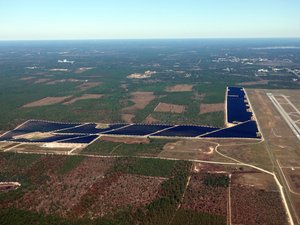
Miami Waterkeeper is seeking community input in its quest to make Miami-Dade County more environmentally resilient.
The nonprofit launched a new Green Infrastructure Accelerator Project to identify up to eight underutilized public spaces that could benefit from green infrastructure to reduce flooding, excessive heat and habitat loss. That could include anything from planting a row of trees along a city street to create a canopy for sun protection to installing rain barrels in urban areas to reduce stormwater runoff.
Trending: What ADT Solar's closure means for its solar panel customers
"Green infrastructure can improve quality of life for a community, from increasing recreation opportunities to cooling and improving air and water quality, these spaces can also be used to enhance overall community resilience," said Miami Waterkeeper's Executive Director Rachel Silverstein.
The green infrastructure initiative is supported by an Environmental Protection Agency grant awarded to Miami Waterkeeper. The organization is spearheading the project along with other local resiliency groups like One Water Academy, Everglades Law Center and the University of Miami Environmental Justice Clinic.
Miami Waterkeeper set up an online tool to solicit community feedback about design ideas and potential locations.
By redesigning communities to work with nature, green infrastructure can help provide sources of shade, water filtration, green space and flood protection in urban areas. Living shorelines (coastal edges made of natural materials such as plants and rock, instead of a concrete seawall), urban forests and rain gardens are all examples of green infrastructure that can be implemented to address environmental challenges.
Related: Startups will test solutions for sargassum seaweed that piles up on local beaches
Founded in 2010, Miami Waterkeeper works to protect local waterways from pollution and other hazards. The goal is to preserve the region's natural ecosystem, supply of fresh water and make it more resilient to sea level rise.
South Florida's natural resources are a huge contributor to the economy. The Biscayne Bay alone had a $64 billion economic output in 2022, according to a recent analysis from Miami-Dade County. That's a five-fold increase since the last time the study was completed in 2005.
For more stories like this one, sign up for Miami Inno newsletters from the South Florida Business Journal and the American Inno network.







